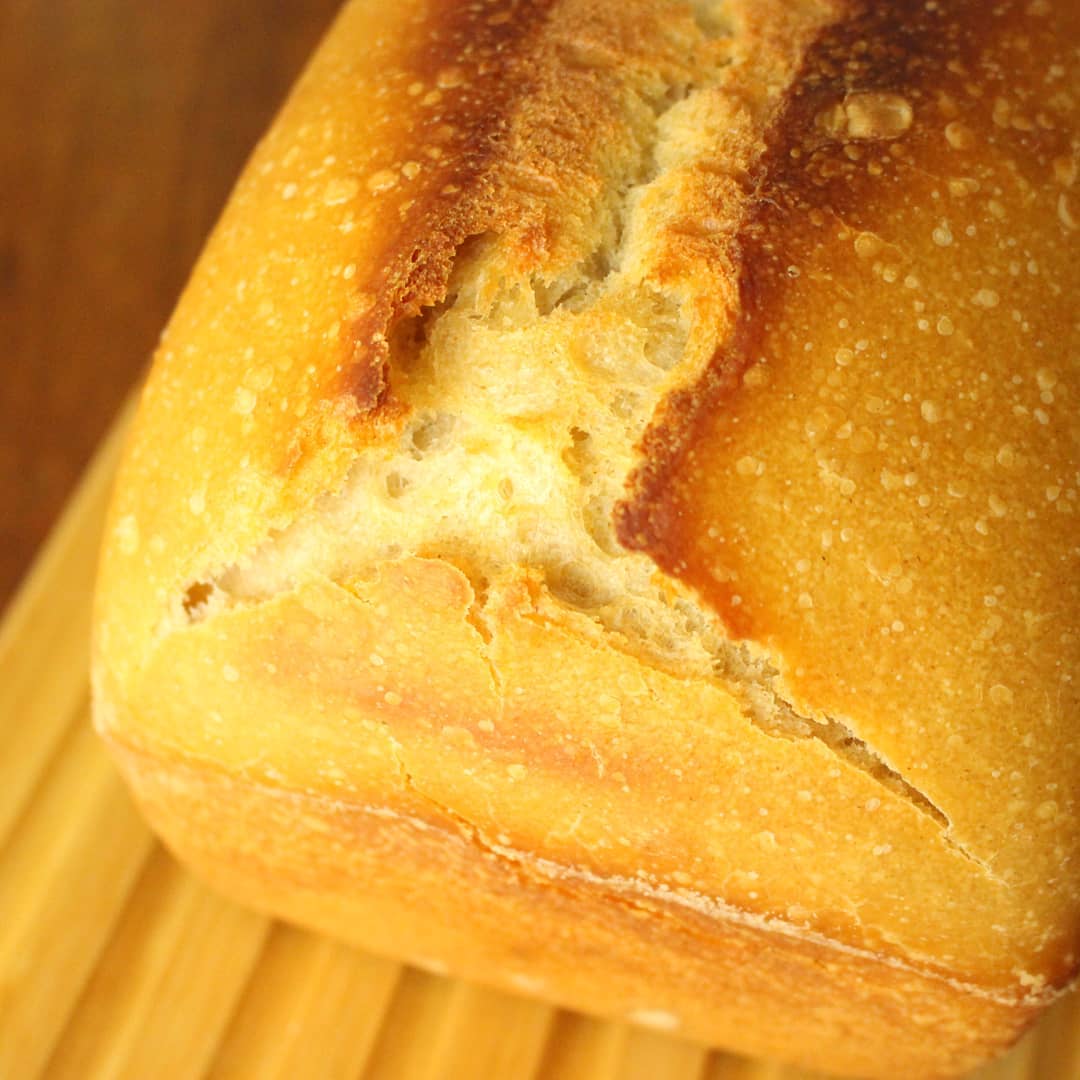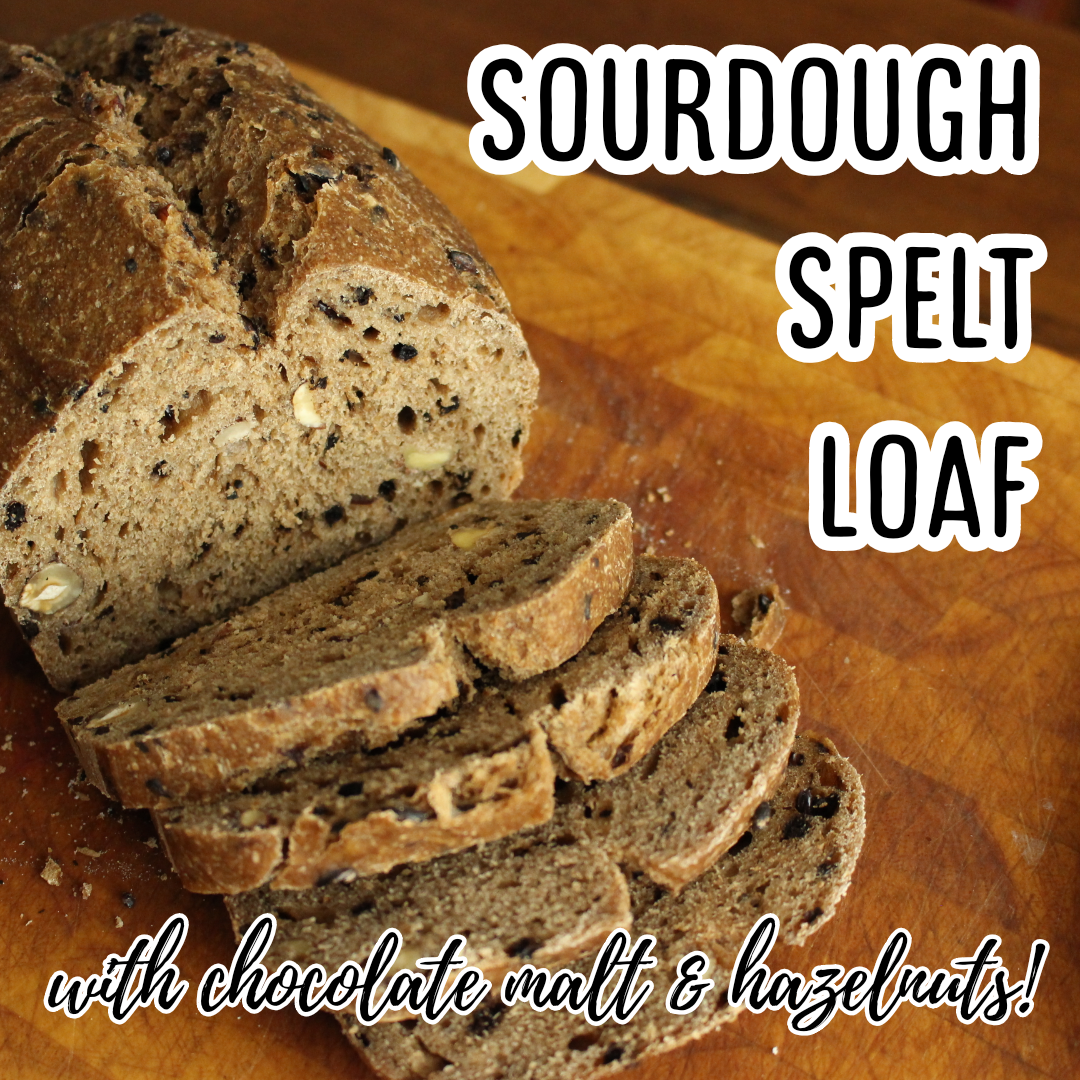How to Create a Gluten-Free Sourdough Starter
Eating gluten-free (or lectin-free) doesn’t mean you have to go without sourdough bread. It’s simple to create and maintain a gluten-free sourdough starter and use that to make your own gluten-free (and lectin-free) sourdough bread – I’ve been doing it … Read More








